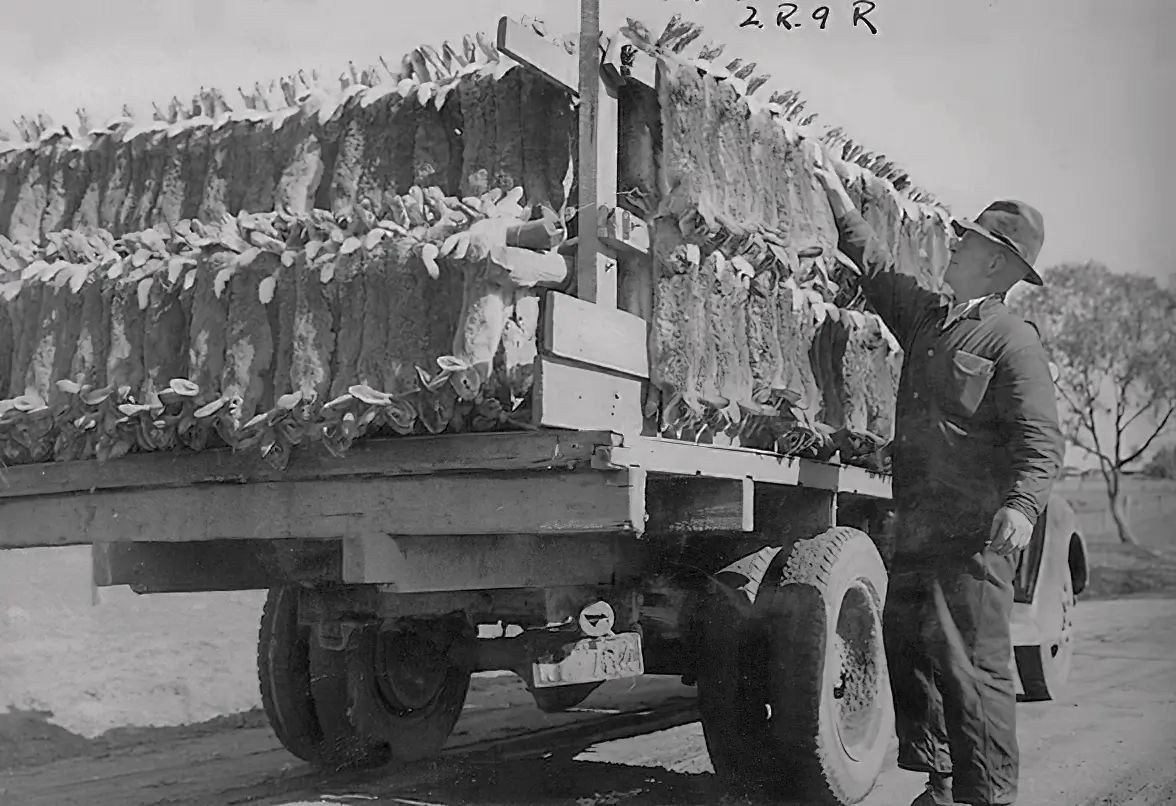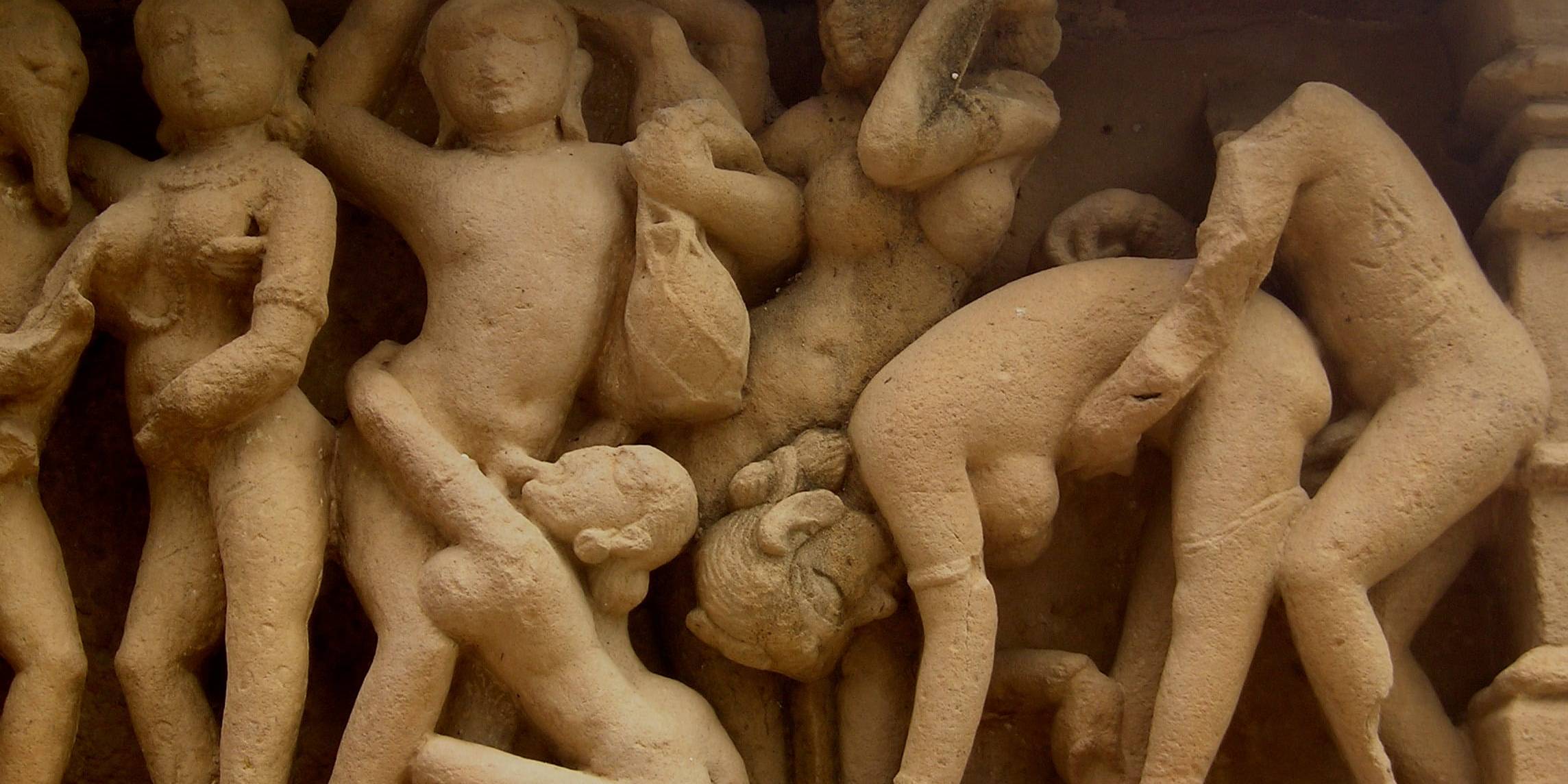Everything in nature strives for balance, an equilibrium. That was the thinking I grew up with. I believed that nature would always find its balance, no matter what one threw at it. But somehow it is easy to forget that those balances are quite fragile and have been incredibly long in the making.
The European rabbit was introduced to Australia in the 18th century and was quickly turning into a serious mammalian pest. By the lack of a natural, local predator, the wild rabbits were able to reproduce unimpeded. So much so that in the 1950s the Australian government deliberately infected the rabbit population with a myxoma virus. It is a respiratory pox virus that is transmissible by direct contact and causes myxomatosis, a disease that is usually deadly 10 to 12 days after contagion.
It worked for a time. However, in the long term, the strategy failed and proved to be a desperate attempt to decimate the exploding rabbit population. Animals grew more and more Myxomatosis-resistant and virus variants emerged that were attenuated and far less lethal. As if the intervention never took place, rabbits returned to their former numbers.

Image: Rabbits near Warren
Myxomia virus or not, fact is that Australian’s wild rabbits won’t go anywhere. The true extent of the impact that this introduction of a new and alien species to Australia has had on the intertwined and complicated dynamic system that has grown over billions of years is quite astounding. The damage they have done to flora and fauna, and the erosion problems they have caused by eating away small shrubs and tree bark, will take many hundreds of years to regenerate.
What has been done, has irreversible effects. And it is not only affecting the Australian ecosystem. The attempt to control the rabbit population with a virus, which took place not only in Australia but also in France and Chile, is now considered a classic example of host-pathogen coevolution.
The Greek philosopher, Herodotus, was said to be fascinated by the relationship between predator and prey and the interdependence of their population numbers.
But just as predator and prey do not simply balance their population numbers, a virus and its host are also not balancing their numbers in a purely mechanical way; they evolve and adapt through their relationship. It is a dynamic situation, an evolution that is interdependent, a reciprocal stimulus to transform for all involved. An interdependent relationship that facilitates change and adaptation, and that is essentially what a living system is.
Clear-cut boundaries that we draw in theory do not exist in nature
It is a rather humbling realization that nature is infinitely complex and that our intervention does not necessarily yield the results we hope for.
It is a rather humbling realization that nature is infinitely complex and that our intervention does not necessarily yield the results we hope for.
Even if we trust the science, the simulation of dynamic systems is a complex endeavor.
The causes and conditions are infinite and, moreover, interdependent. They cannot be isolated. But for our predictions and calculations to be feasible, they need to be reduced to a limited selection of sequestered factors. In this way our forecast about the weather or the effects of climate change can only be regarded at best as approximations or educated guesses.

Image: 30-hour Surface Analysis of the October 2017 North American Storm Complex
If supposedly it will take hundreds of years to “repair” the damage that rabbits have caused to the Australian ecosystem, what does that imply in terms of us humans? Aren’t we in a similar situation where we no longer have a natural predator and our population number grows at an exponential rate?
To think in terms of “repairing” already reveals a rather static way of thinking. We believe that an effect caused to a dynamic system could be reversed or “repaired” and by that brought to its “original” state before the incident that caused the change. But that is wishful thinking that does not include the dynamics of living reality.
Today, 8 billion people live on planet Earth. Thanks to improved hygiene and living conditions, better healthcare and advances in medicine our life expectancy has doubled in the last 200 years. The resulting lower mortality rate, combined with much higher resource demands, will put more strain than ever on the fragile ecosystem in which we live. And this doesn’t even take into account the effects of industrialization and our growth- and consumption-oriented economy.
Of course, one can argue that we have technological progress on our side. But have science, innovation and progress helped Australia’s wild rabbit problem?
And one question remains: Why did we introduce the European wild rabbit into Australia in the first place?
Continue reading in The greatest challenge for humanity’s survival – part 2
You may also like
Always is in the Middle
For some time I have been watching the sky from the same…
When love is conditional
Conditional love means that affection, acceptance, and…






